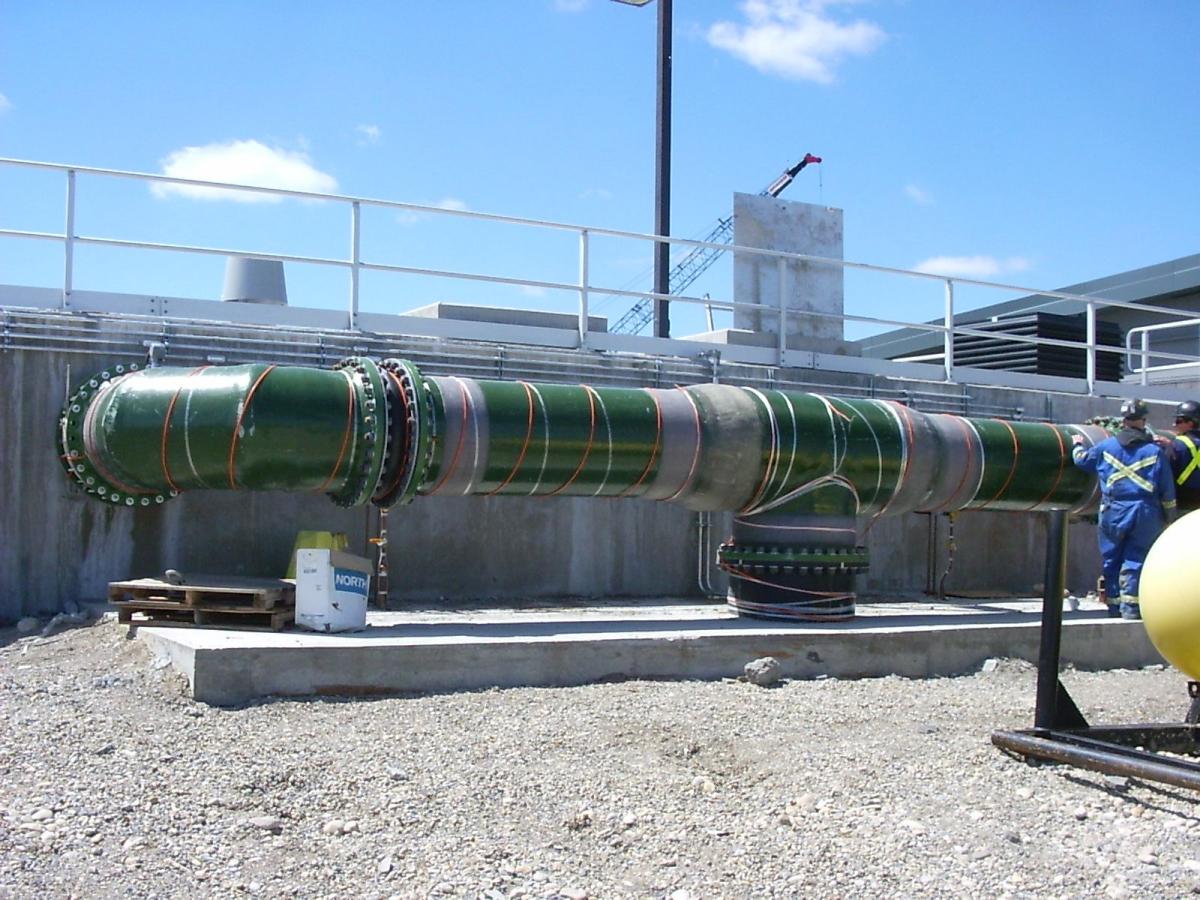Revolutionizing Fluid Transport with Durable FRP Piping Systems

The evolution of industrial materials has significantly influenced engineering disciplines, leading to innovations that drive efficiency, sustainability, and resilience in fluid transport systems. Among these advancements, Fiber-Reinforced Polymer (FRP) piping systems stand out for their remarkable properties and the revolutionary impact they have on the fluid transport industry. This article explores the benefits, diverse applications, and forward-looking potential of fibreglass piping systems, which continue to shape the future of industrial fluid handling.
Introduction to FRP Piping
Fiberglass piping systems are engineered by combining plastics with strong fibres such as glass, carbon, or aramid, resulting in a composite material that offers a unique set of performance advantages. These systems are crafted using advanced manufacturing techniques that embed fibers in a resin matrix, enhancing both the mechanical strength and chemical resistance of the pipes. The result is a lightweight, yet durable piping solution that challenges traditional materials like steel and concrete.
Advantages of FRP Piping Systems
Adopting fibreglass piping systems offers a range of benefits that significantly enhance their application across various industries:
- Corrosion Resistance: FRP systems provide exceptional resistance to a vast array of chemicals, making them ideal for harsh environments where corrosive fluids are processed.
- High Strength-to-Weight Ratio: The lightness of fiberglass compared to its strength allows for easier handling and reduced transportation and installation costs, all without compromising system integrity.
- Longevity and Low Maintenance: These systems are not prone to rust or decay, ensuring longer service life with minimal maintenance requirements—translating into cost savings over time.
- Design Flexibility: FRP can be molded into various shapes and sizes, tailored for specific applications, providing unparalleled versatility in design.
- Thermal and Electrical Insulation: Besides being excellent thermal insulators, fibreglass pipes also provide electrical insulation, which is crucial in environments where electrical conductivity could pose risks.
Applications of FRP Piping Systems
The robustness and adaptability of fiberglass piping make them suitable for a wide range of applications, proving their efficacy in many demanding environments:
- Chemical Processing: The chemical industry benefits greatly from FRP piping such as RB-2530, CL-2030, and Z-Core due to its resistance to corrosive substances, ensuring the safe and efficient transport of chemicals.
- Conventional and In-Situ Oil Sands: Fibreglass Red Thread and Green Thread are used in the challenging environments of conventional and in-situ oil sands extraction and processing for their non-corrosive properties and ability to withstand the harsh conditions encountered.
- Water Treatment and Distribution: In water treatment facilities, Green Thread helps in avoiding contamination and maintaining the integrity of clean water supply systems.
- Power Generation: Green Thread and Silver Streak systems are employed in power plants, particularly in cooling water lines, where corrosion and scale buildup can severely affect metal pipes.
- Marine and Offshore: The resistance of Bondstrand marine piping to saltwater and biofouling makes it advantageous for maritime and offshore applications, including shipping and oil platforms.
Engineering and Design Considerations
Engineering fiberglass piping systems involves careful consideration of several factors to ensure optimal performance:
- Fluid Characteristics: Analyzing the nature of the fluids (such as acidity, temperature, and viscosity) is crucial in selecting the right resin and fibre type.
- Operational Pressure and Temperature: FRP pipes are designed to handle specific pressures and temperature ranges, ensuring reliability under operational conditions.
- Environmental Factors: External factors like UV exposure, thermal expansion, and potential physical impacts are considered to guarantee durability and performance.
Manufacturing Excellence and Quality Assurance
FRP piping is produced through processes like filament winding, centrifugal casting, and resin transfer molding, which ensure high-quality and consistent properties. Quality control is stringent, with regular testing for tensile strength, flexibility, and resistance to chemicals, confirming that each piping system meets the high standards required for industrial applications.
Efficient Installation and Maintenance
The lightweight nature of fiberglass piping simplifies installation, allowing for quicker setup and reduced labour costs. Maintenance involves routine inspections and occasional cleaning, significantly reducing the lifetime cost of the piping system compared to traditional materials.
Conclusion: Leading the Charge with FRP Piping Systems
Fibreglass piping systems are at the forefront of technological advancements in fluid transport. Offering a combination of strength, durability, and cost-effectiveness, they are becoming the preferred choice for modern industries looking to enhance operational efficiency and reduce
environmental impact. With continuous improvements in composite material technologies, FRP piping systems are set to play a pivotal role in the future of industrial applications. They not only meet the current demands of fluid transport but are also evolving to address future challenges, making them a sustainable and innovative solution for a wide range of industries.
Reach out to discover how our fiberglass piping solutions can optimize your operations and bring long-term benefits to your projects, highlighting our commitment to technological advancement and superior engineering.
Contact us today to find the right solution for your project!